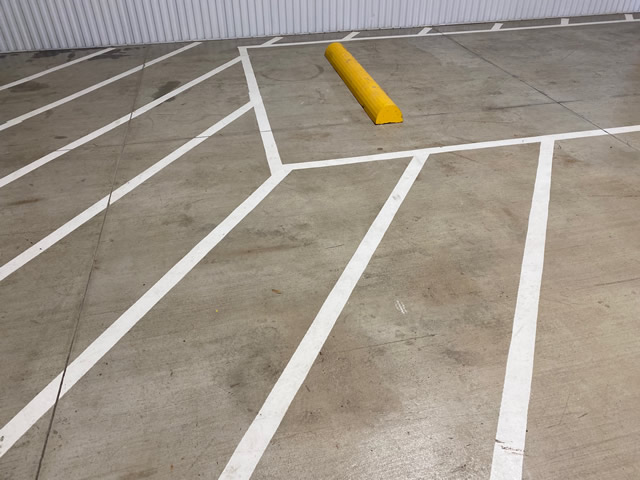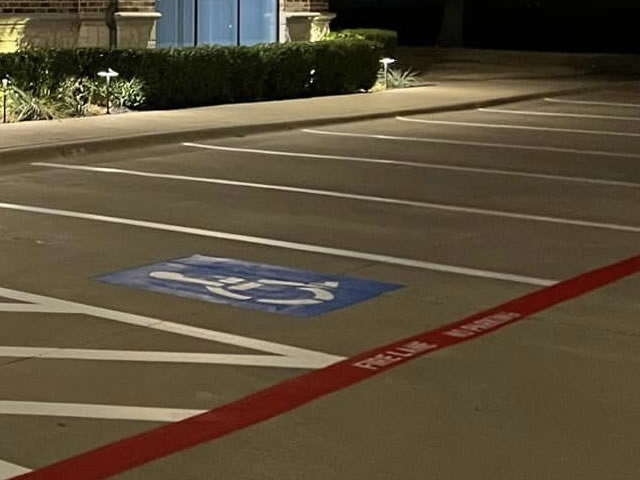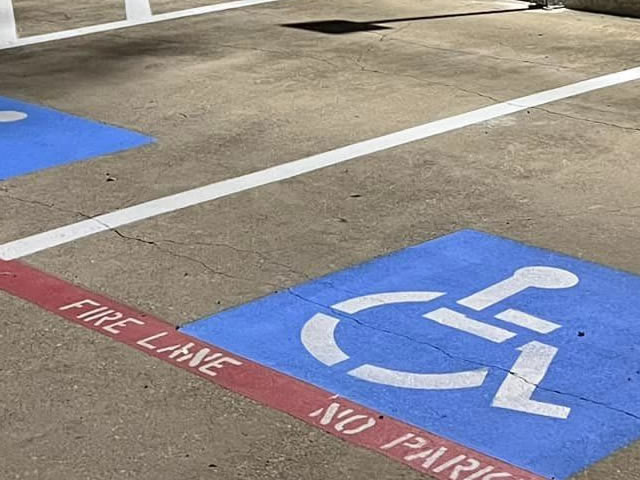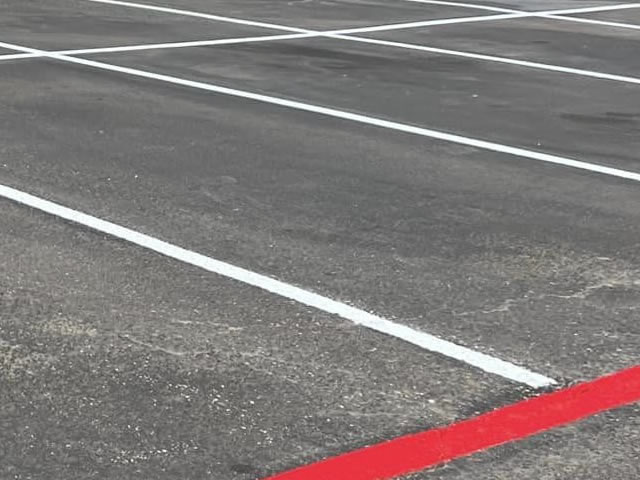What is the Life Expectancy of Parking Lot Striping?
Parking lot striping is essential for maintaining safety, organization, and the overall aesthetic of a parking area. However, one common question businesses ask is, “What is the life expectancy of parking lot striping?” The answer depends on various factors, including the type of paint used, traffic levels, maintenance practices, and—importantly—weather conditions. Since we’re talking about a nationwide service, it’s crucial to consider how different climates affect the longevity of parking lot lines.


Factors Influencing the Lifespan of Parking Lot Striping
1. Type of Paint Used
The type of paint used for striping has a significant impact on its durability. The most common options are water-based acrylic and oil-based paints, though some regions may also use thermoplastic markings for a longer-lasting solution. Many people choose the type of paint based on dry time, but there are other factors to consider rather than how fast parking lot paint to dries.
- Water-based acrylic paint is widely used because it dries quickly and is environmentally friendly. However, it may not last as long in high-traffic areas or regions with extreme weather conditions.
- Oil-based paint tends to be more durable in heavy traffic areas and under harsh weather conditions. However, it may take longer to dry, which can disrupt parking lot availability.
- Thermoplastic striping is the most durable and can last several years, but it’s more expensive and is typically used in high-traffic areas or where longevity is a top priority.
2. Weather Conditions
Weather is a critical factor in determining how long parking lot striping will last. Since our company serves clients across the country, it’s important to understand how various weather patterns impact striping.
- Hot, dry climates (such as the Southwest): In areas with extreme heat, the paint can fade more quickly due to UV exposure. While the paint might dry faster in these climates, the intense sun can cause the striping to wear down in as little as 6-12 months.
- Cold, snowy regions (like the Midwest and Northeast): In areas where snowplows are frequently used, the striping is prone to wear faster. Salt, snow, and ice can significantly reduce the life expectancy of parking lot lines, sometimes requiring restriping every 1-2 years.
- Humid and rainy areas (like the Southeast): Humidity and rain can cause the paint to deteriorate faster, leading to more frequent restriping. In these regions, expect parking lot striping to last around 12-18 months with regular upkeep.
- Moderate climates (such as the Pacific Northwest): In areas with moderate temperatures but frequent rain, parking lot striping typically lasts about 2 years. The consistent moisture can wear down the paint, but because temperatures are less extreme, the striping tends to last longer than in regions with extreme heat or cold.
3. Traffic Volume
Parking lots that experience heavy traffic, especially those with large vehicles, will require more frequent striping. High traffic causes the lines to fade faster, and in these cases, it may be necessary to repaint the lines every 12-18 months. On the other hand, lots with lighter vehicle traffic may only need restriping every 2-3 years.
4. Maintenance and Sealcoating
Regular maintenance can extend the life of parking lot striping. Sealcoating the lot every 2-3 years protects the asphalt and the striping from wear and tear, including UV damage, oil spills, and harsh weather conditions. However, keep in mind that sealcoating itself often requires restriping once the process is completed.
Typical Life Expectancy of Parking Lot Striping
With all of these factors considered, the typical life expectancy of parking lot striping ranges from 1 to 3 years. Here’s a quick breakdown based on various conditions:
- High-traffic, extreme weather (hot or cold): 6 months to 1 year
- Moderate traffic, varied weather conditions: 1 to 2 years
- Low-traffic, mild weather: 2 to 3 years
How to Extend the Life of Your Parking Lot Striping
- Regular Cleaning: Keep the parking lot free from dirt, oil, and debris to prevent premature wear.
- Reapply Paint: Consider restriping every 1-2 years, depending on weather and traffic conditions, to keep the lines visible and the lot safe.
- Sealcoat the Lot: Sealcoating can extend the life of both your asphalt and striping, protecting them from environmental damage.
The life expectancy of parking lot striping varies based on paint type, climate, traffic levels, and maintenance practices. For nationwide parking lot owners, it’s important to regularly evaluate the condition of the striping and take proactive steps to maintain it. On average, parking lot striping lasts 1 to 3 years, but staying ahead of maintenance can ensure your lot remains safe, functional, and visually appealing.



